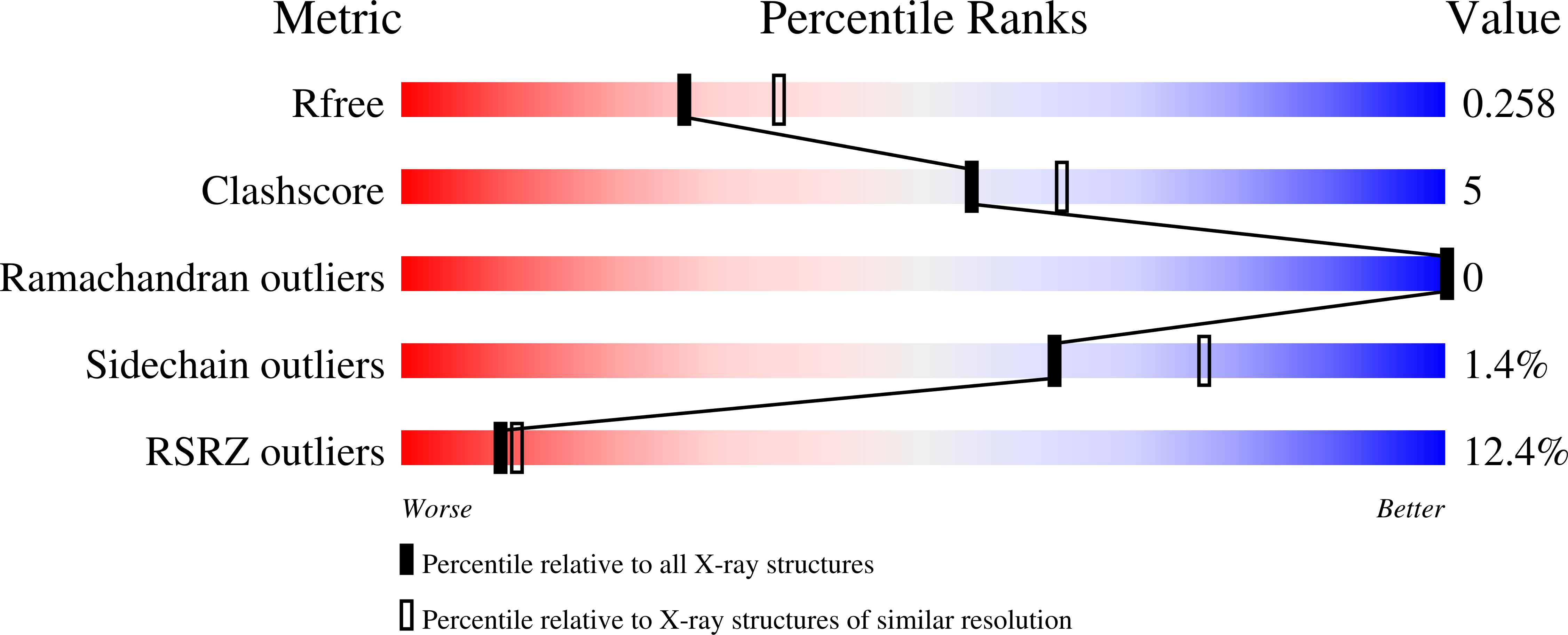
Deposition Date
2024-09-05
Release Date
2024-12-04
Last Version Date
2025-01-22
Entry Detail
PDB ID:
9DIP
Keywords:
Title:
Crystal structure of H5 hemagglutinin from the influenza virus A/Texas/37/2024 (H5N1) with LSTa
Biological Source:
Source Organism:
Influenza A virus (Taxon ID: 11320)
Host Organism:
Method Details:
Experimental Method:
Resolution:
2.32 Å
R-Value Free:
0.25
R-Value Work:
0.21
R-Value Observed:
0.21
Space Group:
P 1 21 1


